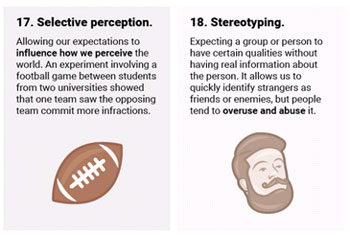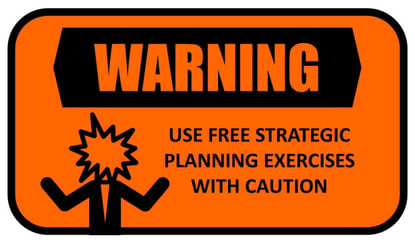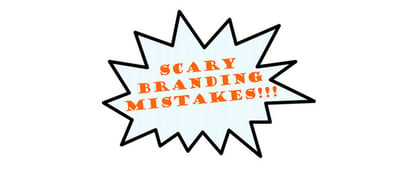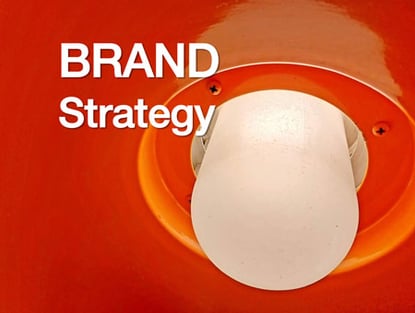Lens smashing is a common innovation strategy technique to get to the next level of thinking. With lens smashing, you articulate different perspectives and create a forced connection or dot-connecting activity to see the impact of various combinations.
So what are the lenses?
When Strategos created the lens concept in the early 2000’s, it illuminated three external and two internal lenses:
- External lenses - Discontinuities, Customer Insights, and Economic Engines
- Internal lenses - Orthodoxies and Core Competencies
Smashing. That sounds really powerful, doesn’t it? It can be, but as with most things, garbage in, garbage out.
Let’s start with orthodoxies. I call them “sacred elephants.” In other words, they are the things everyone believes, but no one wants to challenge.
Defining orthodoxies in your organization can be similar to teaching an elephant to dance. Both activities are nerve-racking and intimidating. Who wants to point out to an elephant that it is not exactly light on its feet? Similarly, who wants to point out that the organization is clinging to beliefs that are clearly mistaken. Remember the Naked Emperor? There wasn’t a rush to speak up and point out the fiction everyone was willing to embrace.
In light of that daunting view, let’s define orthodoxies in a way that feels safer.
An article called ”20 Cognitive Biases that Screw up your Decisions,” by Samantha Lee and Shana Lebawitz, gives us a framework to identify orthodoxies in an objective fashion that will keep you from being crushed. Delivered via an infographic, the article describes many ways we let our cognitive biases keep us from making better decisions. Orthodoxies also keep us from making better decisions.
Let’s take a look at a couple of these cognitive biases and convert them to orthodoxies:
- Selective Perception: Here is an example of an orthodoxy that reflects this bias about competitors: “Our competitors’ practices are unethical. If customers knew about these practices, they would be outraged.”
- Stereotyping: Here is an example of how this bias can become an orthodoxy: “That person, place, thing, process wouldn’t fit within our culture.” Think about that one.
Here’s a new innovation strategy tool: Take the 20 biases in the article and write as many orthodoxies as you can envision for each one. Break them up among team members. Duplicate with other team members to see what is common and what is different. Give a few to executives and see what they can come up with in a short amount of time.
Next, we make those sacred elephants flip. Take the orthodoxy and write it in a way that conveys the opposite meaning.
For our previous examples, the orthodoxies could read:
- “Our competitors have as much integrity as we do. Our customers have a tough time choosing between our offerings.”
- “Our culture is based on inclusiveness and diversity; the more different the better.”
How does that simple restatement make you think differently about the innovation strategy possibilities?
Do you feel safe to create new ideas? The sacred elephants are dancing! – Marianne Carr
If you enjoyed this article, subscribe to the free Brainzooming blog email updates.
Looking for Ways to Develop a Successful
Innovation Strategy to Grow Your Business?
Brainzooming Has an Answer!
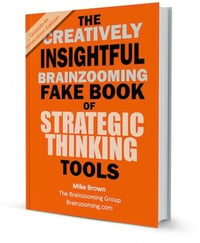 Business growth can depend on introducing new products and services that resonate more strongly with customers and deliver outstanding value.
Business growth can depend on introducing new products and services that resonate more strongly with customers and deliver outstanding value.
Are you prepared to take better advantage of your brand’s customer and market insights to generate innovative product ideas? The right combination of outside perspectives and productive strategic thinking exercises enables your brand to ideate, prioritize, and propel innovative growth.
Download this free, concise eBook to:
- Identify your organization’s innovation profile
- Rapidly deploy effective strategic thinking exercises to spur innovation
- Incorporate market-based perspectives into your innovation strategy in successful ways
Download this FREE eBook to turn ideas into actionable innovation strategies to drive your organization’s comeback!
[sc:Outside-In ]


